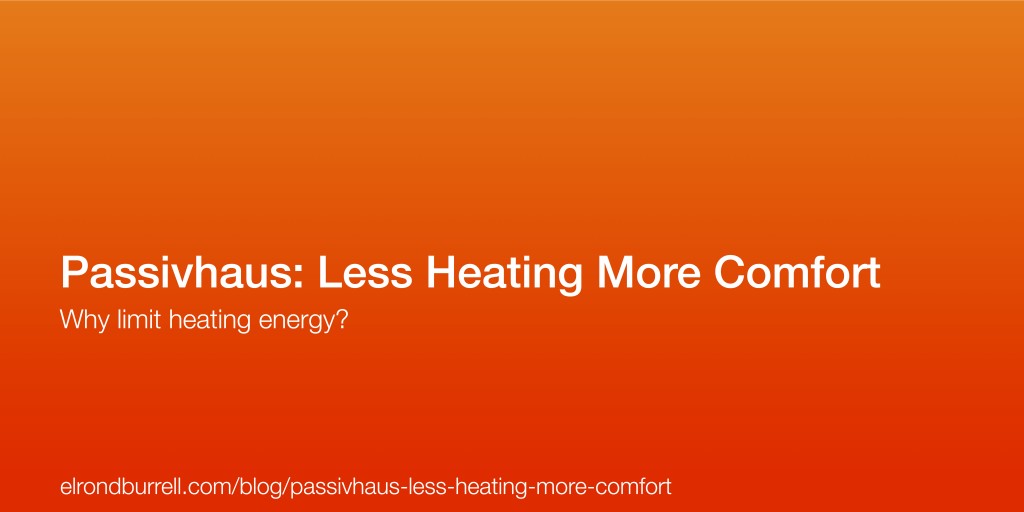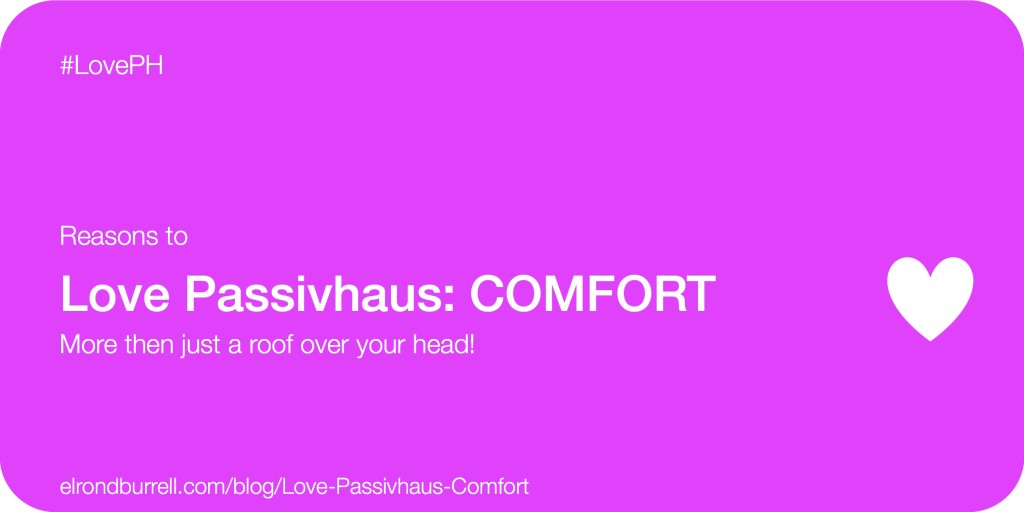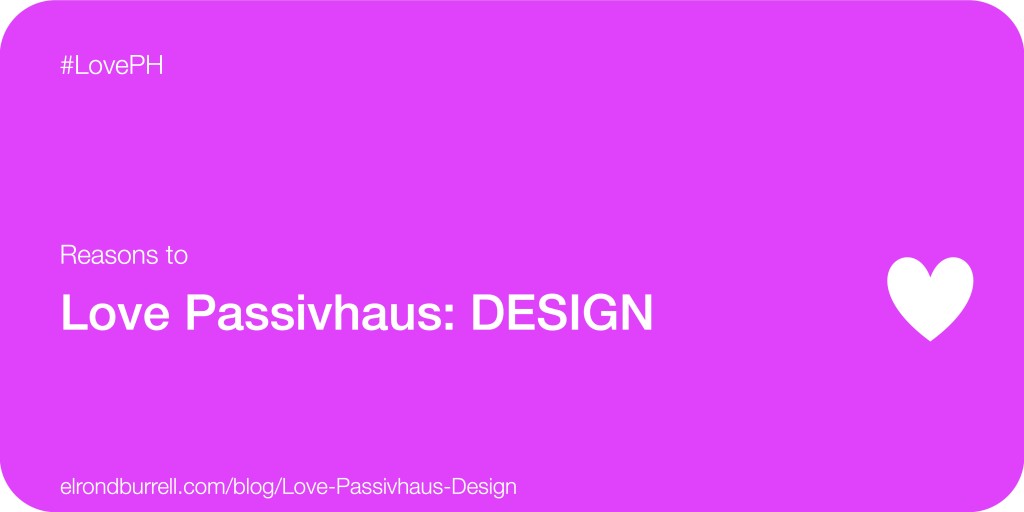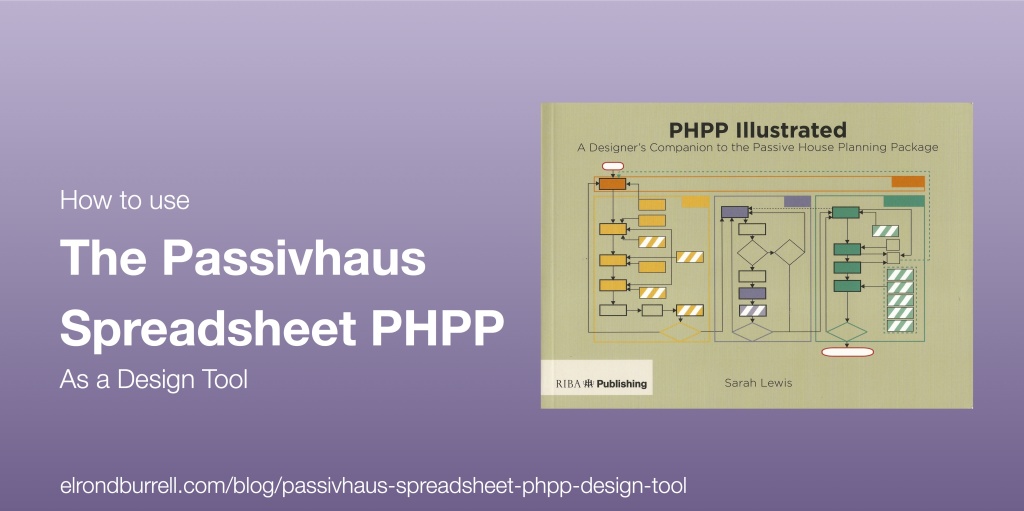The Passivhaus Standard delivers radically energy efficient buildings with excellent occupant comfort. I have written about the comfort aspects of passivhaus before in the Gary Vaynerchuk inspired post and in one of the LovePH series.
Heating is a key element of occupant comfort. So why does the Passivhaus Standard have a limiting benchmark for heating energy of 15kWh/m2 per annum? Isn’t this contradictory?
While this may seem contradictory, there are good reasons for it. Firstly, heating makes up a significant proportion of energy consumption in buildings, so it needs to be addressed to improve energy efficiency and reduce climate change impact. Secondly, setting a very low heating energy benchmark drives a fabric first approach, which has several benefits, comfort being a key one. And thirdly, having a heating energy benchmark singled out from primary energy means it can’t be achieved by offsetting with renewables or any other energy accounting cheats.
15kWh/m2 for comfort – delivered with radical energy efficiency, fabric first design and no cheating!




